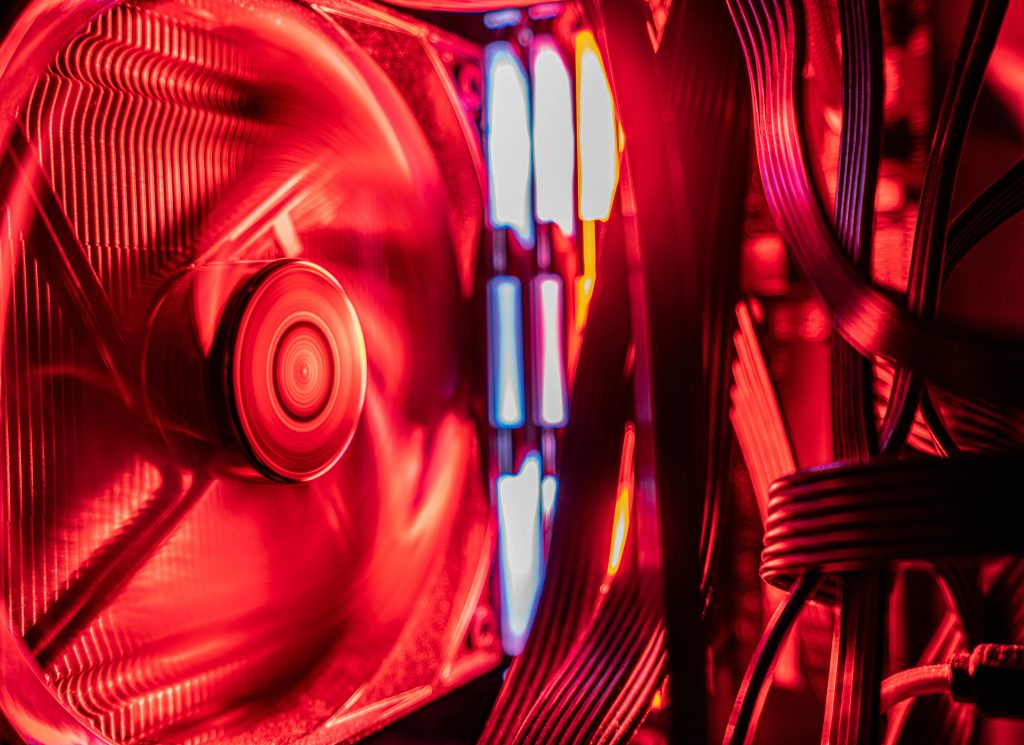Troubleshooting Boot Issues with Your SSD: A Quick Guide
If you’ve recently encountered a situation where your SSD is detected in the BIOS but fails to boot, you’re not alone. Many users experience this frustrating problem, especially when transferring drives from one rig to another. Let’s dive into the details of this scenario and explore potential solutions.
The Situation
In this particular case, the SSD in question is a Crucial MX500 1TB, previously utilized in a different setup, where Windows was successfully installed. The user, equipped with prior experience in installing operating systems, anticipated a smooth transition to the new hardware. However, despite the SSD’s proper recognition in the BIOS (as illustrated in the shared screenshot), the system fails to boot from it.
Understanding the Problem
Several factors might contribute to this issue:
-
Compatibility Issues: The motherboard, an Asus TUF X570 Plus, along with its BIOS version (1405), might have specific requirements or settings that impact booting from an SSD that previously operated in a different machine.
-
Windows Installation: If the SSD contains an existing Windows installation, it could be configured for a different hardware environment. Windows often ties its activation and configuration to the hardware it’s installed on, so moving it may cause boot failures.
-
BIOS Settings: Sometimes, boot order or parameters need to be adjusted within the BIOS. Ensuring that the SSD is prioritized correctly in the boot sequence is crucial.
-
Secure Boot and UEFI Settings: Enabling or disabling Secure Boot and changing the UEFI settings might resolve booting issues. This can often depend on whether the previous Windows installation was set up in UEFI or Legacy mode.
Next Steps
To address these challenges and see if booting from the SSD is feasible, consider taking the following actions:
-
Check Boot Order: Access your BIOS settings and ensure the Crucial MX500 SSD is set as the primary boot device.
-
Review UEFI/Legacy Settings: If your previous installation used UEFI, make sure the BIOS is set to boot in UEFI mode. Conversely, if it was a Legacy installation, switch to the Legacy BIOS mode.
-
Consider a Fresh Installation: If the intent was to perform a clean installation of Windows, disconnect all other storage devices and boot from a Windows installation media. This will
Share this content:



